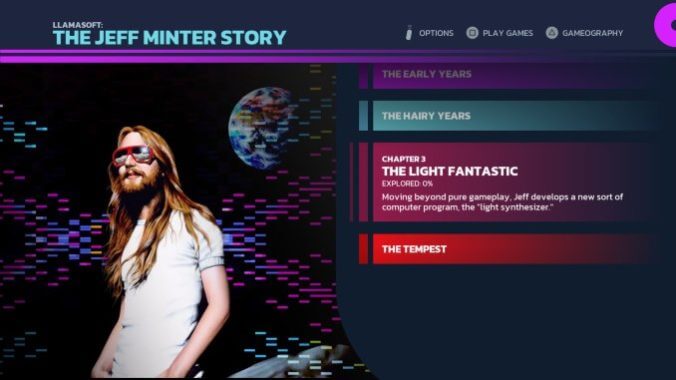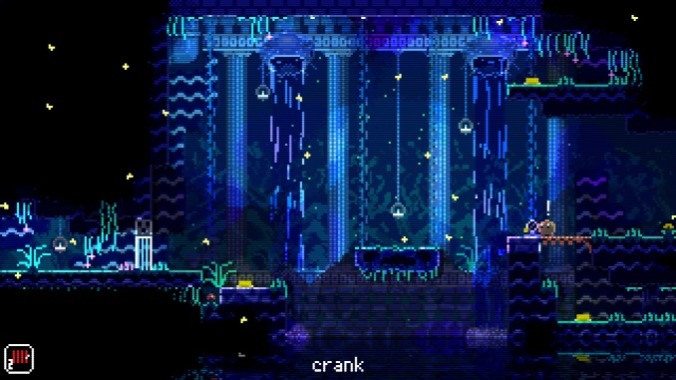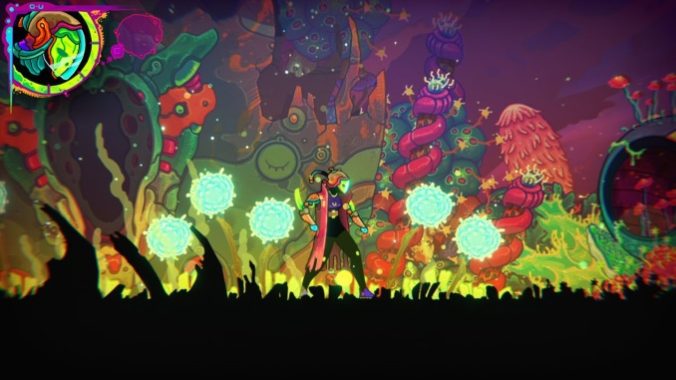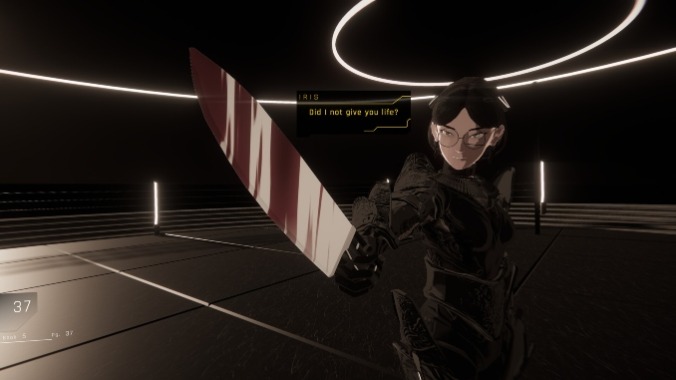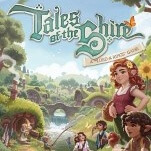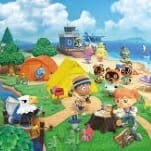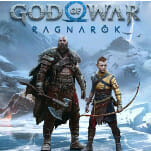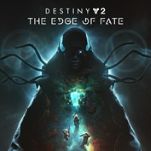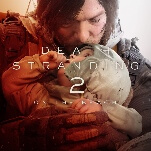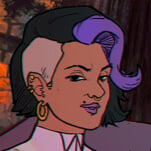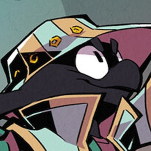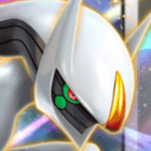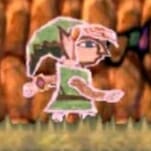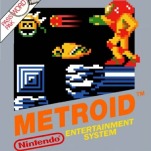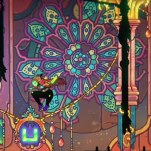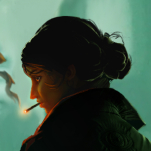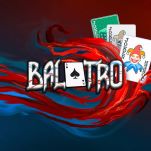The 10 Best Games of 2024 (So Far)

You don’t have to follow the videogame industry that closely or for that long to realize that almost none of the major companies that run it have any idea what they’re doing. And it’s only gotten worse over the last few years. The wave of studio closures and layoffs that shook 2023 have continued at an even higher pace this year; 2024 has already seen as many game development jobs lost as all of 2023, and we’re not even halfway to 2025 yet. Pretty much every exec at every multibillion dollar game publisher is an out-of-touch, out-of-their-depth empty suit who has no idea what their customers want at this point and who cavalierly destroys livelihoods while collecting massive salaries. Nothing about that is unique, of course—that’s basically always been the job of the executive class—but it’s continued to get worse year after year. The people who run the gaming industry seem to really love destroying it. No wonder the best games of 2024 so far are overwhelmingly from small, self-owned studios or even individual developers, artists who had a clear vision and were able to pursue it without overbearing influence from remote dopes who’ve never made anything of substance. Sure, a couple of games with massive staffs and corporate backing made the list below, but the line between would-be blockbuster games and ones with far smaller budgets has never been as starkly drawn as it has been so far in 2024. Given how the industry is going, it’d be surprising if that gap didn’t continue to grow.
Sorry to be a bummer. When you click on a list called “the best whatever of whenever” you probably expect some positivity. We’re getting there, honest. But it’d be downright irresponsible to ignore the quagmire the captains of the gaming industry have sunk it into. Hopefully when they’re doing destroying what they’ve built something better, smarter, and more egalitarian will fully take its place.
But hey: Let’s talk about the best games of 2024 so far. There’ve been a lot of really good ones over the last five months, for real. Esoteric puzzles, psychedelic Metroid homages, prohibitively complex RPGs, retro survival horror tributes set in abandoned Atlanta theme parks, dude punchers: it’s been a year. And it’s only been five months! Wow. Whodathunkit. Some of the new games are good, and here are the 10 best.
10. Crow Country
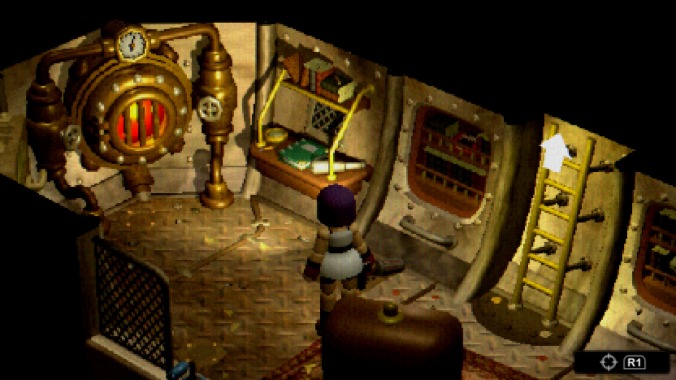
Set in 1990 in an abandoned theme park in Paste‘s home town of Atlanta, Ga., Crow Country wears its OG PlayStation influences on the sleeves of its Charlotte Hornets Starter jacket. On the surface it ticks off all the classic survival horror boxes: limited ammo and health, an awkward aiming system, incentivizing head shots (or even just running) over any other attacks, and a claustrophobic atmosphere full of dread and jump scares. I generally hate survival horror, so I’m glad to report there’s so much more to Crow Country beyond those genre trappings. It’s really more about puzzles than action, almost like a Sierra point-and-click with a three-quarters view and the occasional need to shoot something. You explore the park’s various themed areas, looking for clues to a bewitching central mystery about the park’s creation and abrupt closure. The writing is compelling throughout, both creepy and funny, and its small cast of characters are concisely sketched with lifelike depth. It’s an engrossing enigma that’s clever from start to finish, and with buckets of retro warmth and charm. Plus it mentions the Atlanta Falcons. Obviously I’m going to dig it.—Garrett Martin
9. Little Kitty, Big City
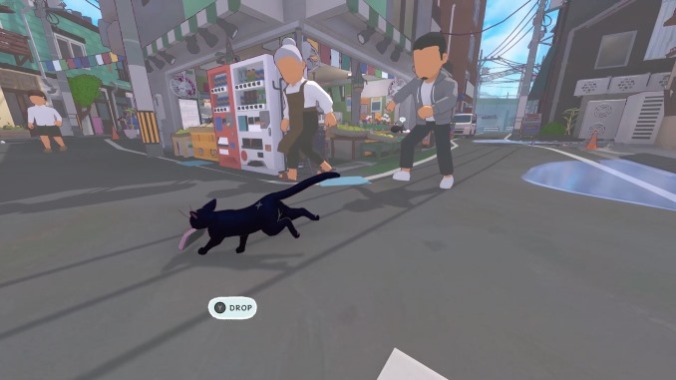
“Hang out games”—games without urgency, that explicitly try not to stress you out too much—cozy games, as many call them—can be tough to get right. They can feel too much like busy work, with a checklist of stuff it wants you to do every day (hey, Animal Crossing!) It’s also not easy to build a world players want to hang out in. You have to be really good at writing stories, creating characters, and putting them in an environment that, if not warm and inviting, is at least compelling enough to keep players checking in. That’s the greatest strength of Little Kitty, Big City. I love this little kitten. I love how it slinks, stalks, crawls, and runs through the city. I’ve tripped probably 100 very serious business people on their way to work and it’s never gotten old. I love all these characters—the brave ducklings who roamed the city for show and tell, the sleepy bodega cat who proclaims himself the mayor, the shiba inus who go out of their mind barking at the kitty unless you give them a bone, which they’ll manically gnaw and slobber on for the rest of the game. Charm coats this game like hair and dander on a cat lover’s couch. With Little Kitty, Big City, Double Dagger has given us an ideal “hang out” game that helps so much to alleviate stress and sadness that it might also be the first “hang in there” game.—Garrett Martin
8. Tekken 8

Tekken 8 may not be a sea-change sequel, but it hones what came before, reducing pain points for newcomers without reducing the complexity that makes this series special. Although the dust needs to settle to determine if its Heat system’s boons outweigh its shortcomings, the massive character movesets, rewarding roster, and explosive combos ensure its battles are exciting and tactically deep. Improved teaching tools, like its Arcade Quest mode and training room adjustments, make it easier to experience these highs. Additionally, its revamped look and hard-hitting aesthetics elevate not only its matches but also its story, a high-octane anime-inspired romp that ties together three decades of history into a resounding haymaker. If you’ve ever wanted to learn how to beat a buddy mashing cheap moves in your dorm, been curious about what’s going on under the hood as Arslan Ash and Knee duked it out in impossibly hype EVO sets, or wondered why these buff dudes keep throwing each other off cliffs, there’s never been a better time to dive into the strange and wonderful world of Tekken and find out for yourself.—Elijah Gonzalez
7. Lorelei and the Laser Eyes

Lorelei and the Laser Eyes is a game with vision. It wraps intriguing puzzles in a digital gothic framework. It makes the most of its chosen medium as it forces us to navigate the tenuous details of this backdrop. Just about every layer of the experience is creatively risky, from its fragmented narrative to its uncompromising barrage of challenges, but these gambles largely pay off to deliver something with purpose and direction. Crafting this kind of maze isn’t easy; it takes a combination of subtle guidance and faith in your audience. But despite these challenges, Simogo never loses sight of how to stoke curiosity about what’s lurking around the next corner, whether it’s a treasure you’ve been seeking or, conversely, something horrible lurking in the dark.—Elijah Gonzalez
-

-

-

-

-

-

-

-

-

-

-

-

-

-

-

-

-

-

-

-

-

-

-

-

-

-

-

-

-

-

-

-

-

-

-

-

-

-

-

-

